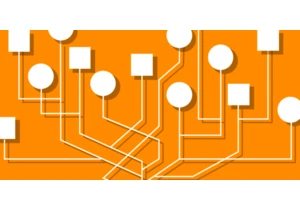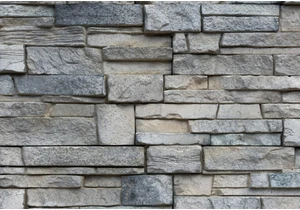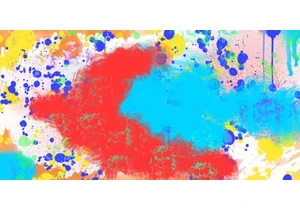I found this Free Favicon Maker the other day. It’s a nice tool to make a favicon (true to its name), but unlike other favicon generators, this one lets you create one from scratch starting with a character or an emoji. Naturally, I was curious to look at the code to see how it works and, while I did, it got me thinking in different directions. I was reminded of something I read that says it is possible to dynamically… Read article “How to Create a Favicon That Changes Automatically”
The post How to Create a Favicon That Changes Automatically appeared first on CSS-Tricks. You can support CSS-Tricks by being an MVP Supporter.
https://css-tricks.com/how-to-create-a-favicon-that-changes-automatically/
Melden Sie sich an, um einen Kommentar hinzuzufügen
Andere Beiträge in dieser Gruppe

Parallax is a pattern in which different elements of a webpage move at varying speeds as the user scrolls, creating a three-dimensional, layered appearance. It once required JavaScript. Now we have

Today, I want to discuss a couple of patterns for naming color palettes that the community is using, and how I propose we can improve, so we achieve both flexibility and beauty.


I went on to figure out how make masonry work today with other browsers. I'm happy to report I've found a way — and, bonus! — that support can be provided with only 66 lines of JavaScript.
<hr


Brad Frost introduced the “Atomic Design” concept wayyyy back in 2013. He even

Chrome 139 is experimenting with Open UI’s proposed Interest Invoker API, which would be used to create tooltips, hover menus, hover cards, quick actions, and other types of UIs for showing more in
